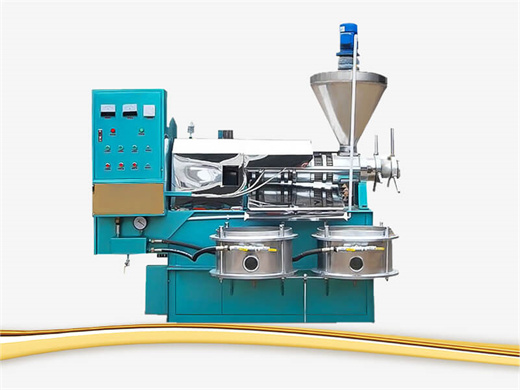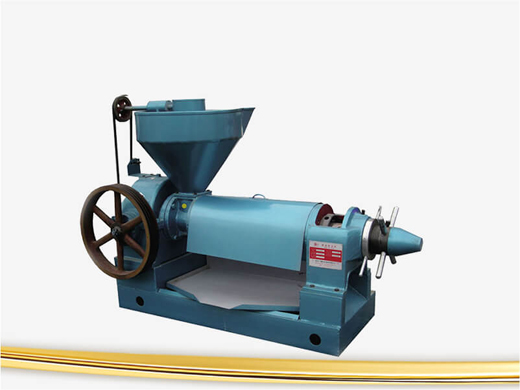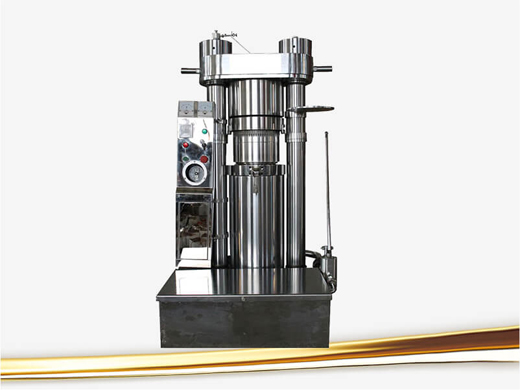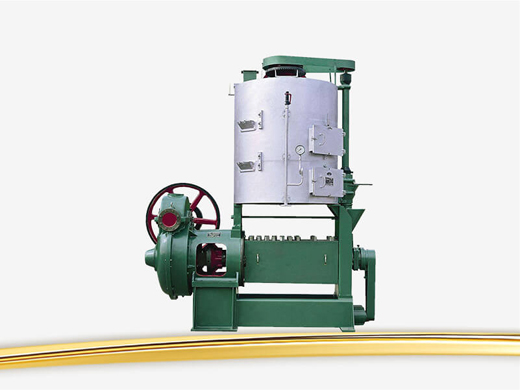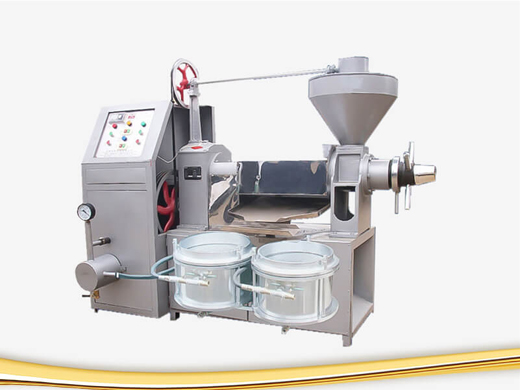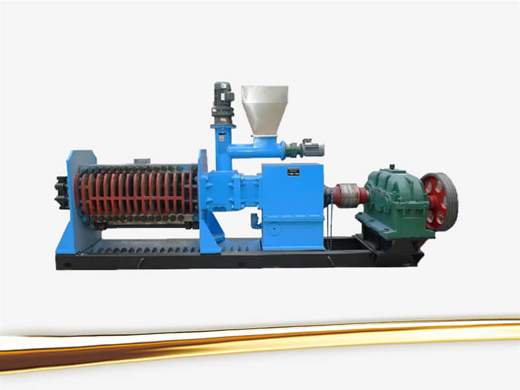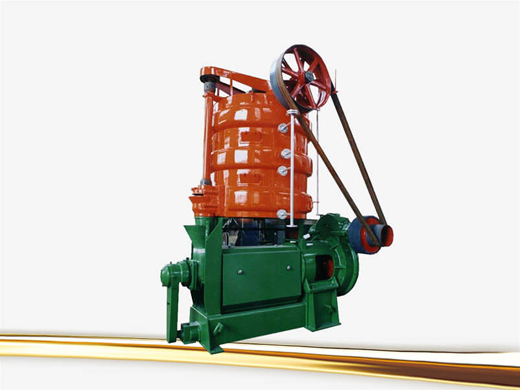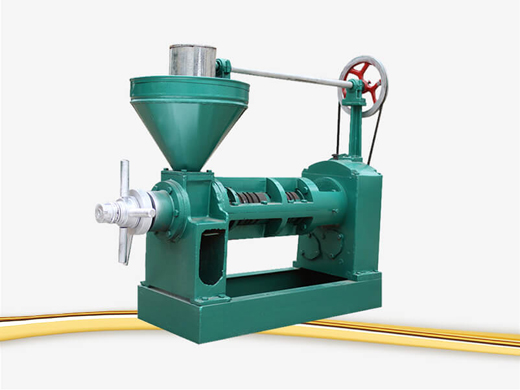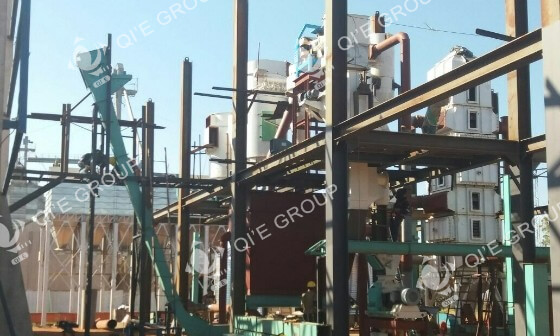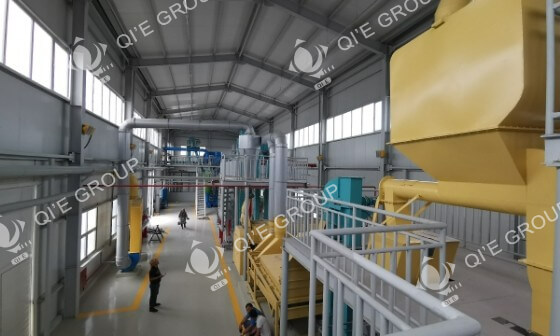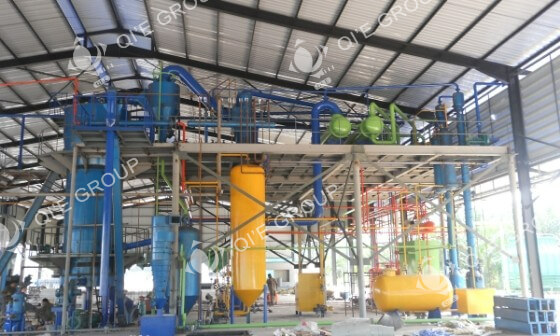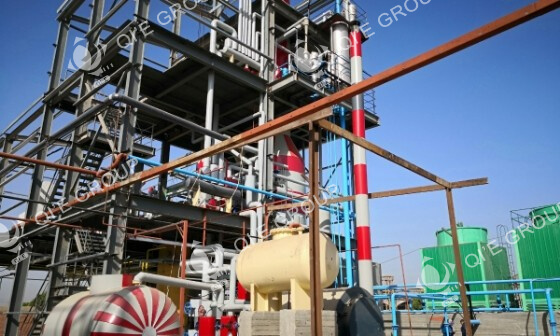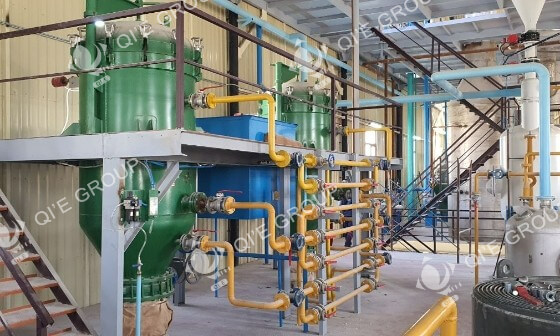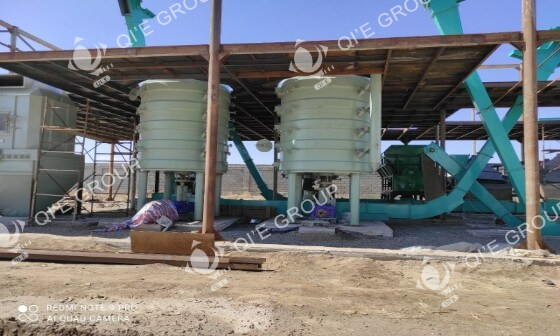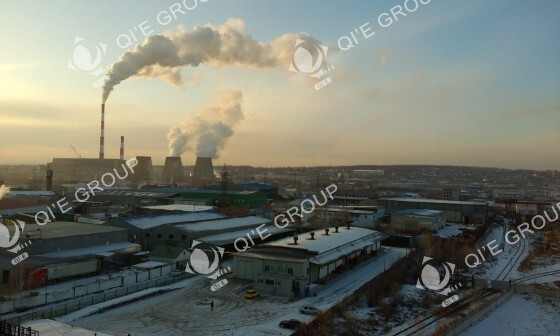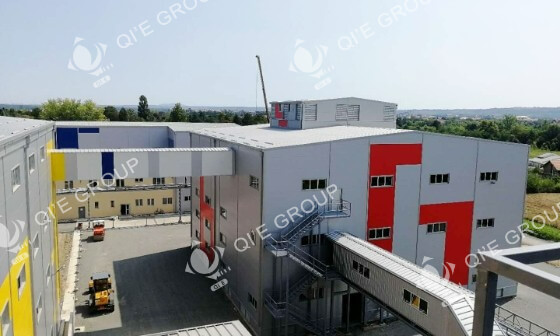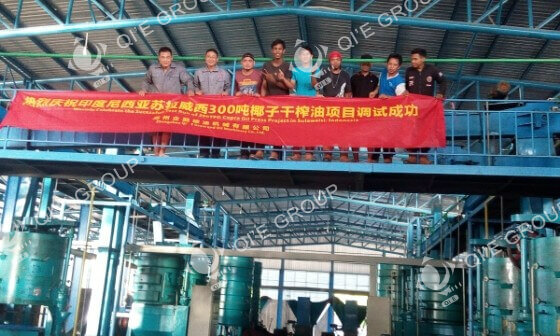Palm Oil Production Line
Palm Oil Production Line
Palm oil production line includes three sections, palm oil pressing plant, palm oil refinery plant and palm oil fractionation plant. As the manufacturer of the palm oil production line, we can offer the whole line or part of the palm oil production line for different capacities with turnkey services.
Pressing Plant
Palm Oil Pressing Plant
Fresh oil palm fruit→sterilizing→threshing→crashing→pressing→clarifying→filtering
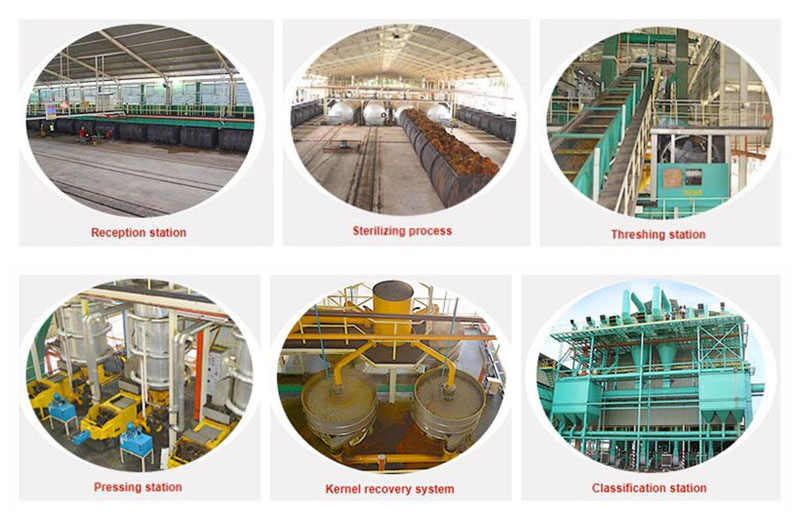
1.Palm Fruit Receiving Section
It is mainly used for collecting the palm fruits. Palm fruits are weighed first after transporting to the plant, then they will be loaded on a slope. Under the slope, there are some cages to receive the palm fruits.
2. Sterilizing
Generally, the palm fruit we collect must be sterilized in 48 hours to prevent the acid value from raising by lowering the activity of fatty enzymes. The sterilizing time is 90-120mins, and the temperature is 130-145℃. After sterilizing, threshing becomes easier, and the broken rate of palm kernel is reduced.
3. Threshing
The palm fruit is softened in sterilizing process, then sent to the threshing machine. Palm fruit threshing machine uses strong vibration to separate the palm fruit from palm bunches. Palm fruit after separation is delivered to the pressing plant. And the empty bunches can be used as fertilizer in farmland or palm fruit plantation or pressed into fuel pellets.
4. Crushing
The palm fruit is crushed by crusher through stirring and squeezing. The purpose of crushing is to destroy the palm skin, separate the palm pulp and nuts, pound the palm pulp and damage the cell structure of palm pulp, which is good for the later pressing process.
5. Pressing
The crushed palm fruit is delivered to the oil press, palm oil screw press is the common equipment we use, wherein heavy metal plates are mechanically pressed into the fruit to squeeze out the oil. Palm fruit pulp cell can be destroyed under the high-temperature condition, after that we can get higher oil yield. Finally, we get the oil-water mixture and cake. Mixture of oil-water and impurities will be delivered to the clarification section, and the cake will be crushed for fiber recycling.
6. Clarifying
The crude palm oil contains some water, sludge, and other impurities. After the preliminarily clean of the subsiding tank and vibrating screen, the crude palm oil flows into the vertical clarifying tank. The oil mixture is heated to 85-90℃ and allowed to separate in the clarification tank. A settling time of 1-3 hours is acceptable. Oil from the top is skimmed off and purified in the centrifuge prior to drying in the vacuum dryer. The final crude palm oil is then cooled and stored. The lower layer from the clarification tank is sent to the centrifugal separator where the remaining oil is recovered. The oil is dried in the vacuum dryer, cooled and sent to the storage tank.
7. Filtering
Plate and frame filter can filter out most of the impurities to make the crude palm oil reach the standard of edible oil. At this stage, the palm oil can be sold as a low-quality palm oil or sent on for further processing. For further processing of palm oil, the palm oil refining process and palm oil fractionation process is necessary.
Refinery Plant
Palm Oil Refinery Plant
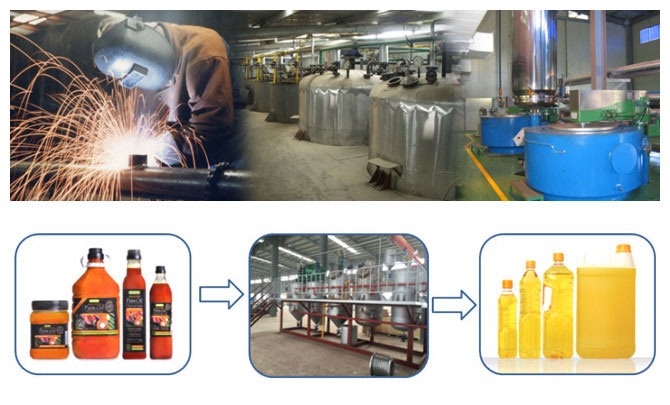
1. Degumming
The degumming process aims to remove the gum impurities in the crude palm oil to make it suitable for further refinery process. Crude palm oil quality largely determines the final palm oil quality. The gums contained in crude palm oil can prevent the oil from contacting with catalyst, thus reducing the cracking speed. It can also impact the stability and color of palm oil. Generally, physical, chemical or physicochemical methods can be applied for removing the colloidal impurity.
2. Deacidification
Deacidification is a process that has a great impact on palm oil quality and price. If there is a problem with the neutralization process, the following decoloration will be greatly affected. The free fatty acid in crude palm oil can affect the stability and relish of palm oil. We can add some lye to neutralize the free fatty acid, this process is also called alkali refining.
3. Decoloration
Crude palm oil contains the pigments like chlorophylls, carotenoids, etc. Chlorophylls is a kind of photosensitizer, which can affect the stability of the oil. And other pigments can affect the oil appearance. All the pigments can be removed by adsorbents. Besides, decoloration can also improve the oil color, relish, and increase the oxidation stability, thus providing the good condition for deodorization process.
4. Deodorization
In this process, in addition to accomplish the purpose of odor removing, we focus more on achieving the unit operation in low temperature and short time, thus suppressing the production of trans-fatty acids, lowering the loss of tocopherol, reducing the effect of polymerization, decreasing the decomposition of vitamin A, D, E.
Fractionation Plant
Palm Oil Fractionation Plant
Fractionation is the special treatment for palm oil. Lowering the palm oil temperature to about 24℃ for a definite period of time, the ingredients with a high melting point will be crystallized and separated out. After secondary filtration, the palm oil can be fractionated into three products with different melting points, which are palm stearin (melting point>40℃), palm palmitin (melting point about 30℃) and liquid palm oil (melting point <20℃). And the liquid palm oil quality can reach the standard of high-level edible oil.
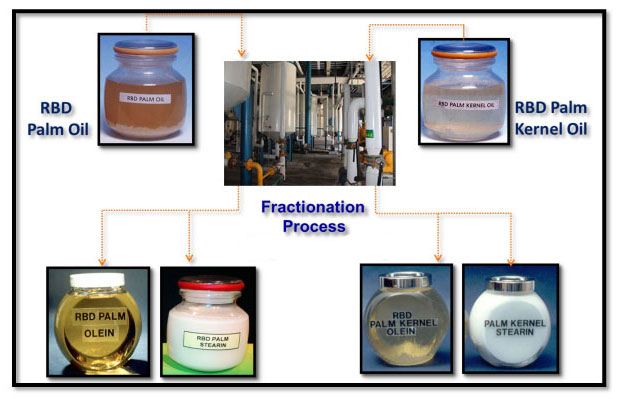
Palm Oil Fractionation Technical Process
The fractionation methods of palm oil are composed of dry fractionation, solvent fractionation, and surfactant fractionation.
1. Dry fractionation
Palm oil→heating→cooling and crystallizing→filtering→palmitin, stearin
2. Solvent fractionation
Palm oil→solvent diluting→cooling and crystallizing→separating→solvent evaporating→palmitin, stearin
3. Surfactantfractionation
Palm oil→cooling and crystallizing→water soluble surfactant solution adding→stearic crystal wetting→centrifugal separating→washing→drying→palmitin, stearin
Palm Oil Introduction
Palm oil is derived from the fruit of oil palm tree, which is grown in tropical regions of Asia and Africa. Saturated fatty acid and unsaturated fatty acid account for about 50% respectively, which endow the palm oil with better oxidative stability than other vegetable oils. Therefore, it is more suitable for frying and cooking. Currently, the palm oil is a kind of vegetable oil with the largest production, consumption and international trade volume in the world. After refining and fractionating, we can get the palm oils with different melting points, which have wide applications in the catering industry, food industry and oil and chemical industry.

